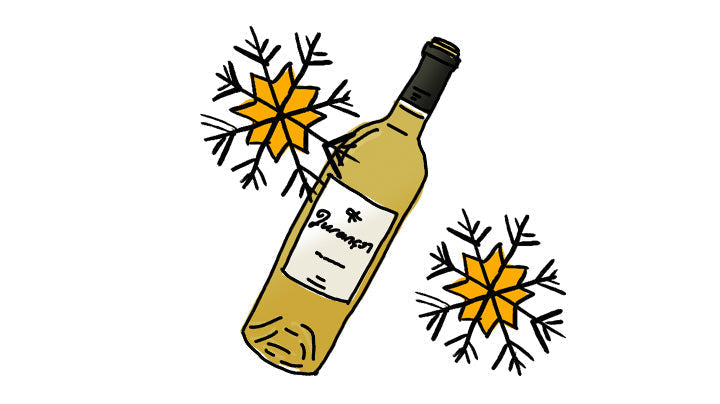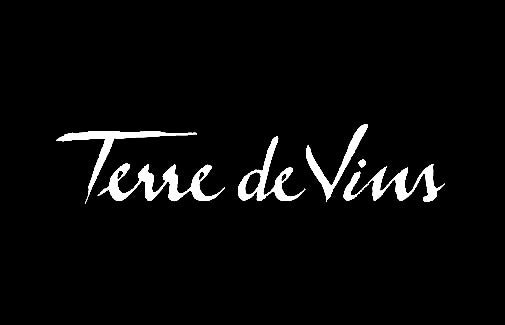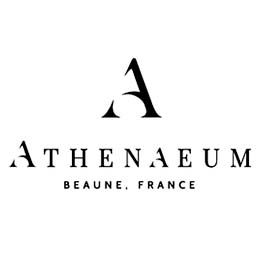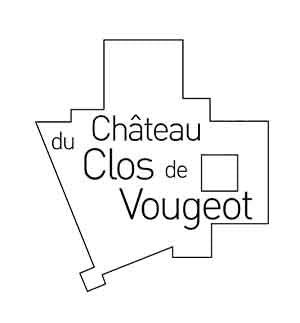Wine bottles come in a variety of formats, each with its own name and characteristics. Here are some of the most common bottle formats:
-
Piccolo (200 ml): The smallest bottle of wine is called Piccolo, which means "small" in Italian. It's also called a Quart, because it's designed to hold a quarter of a classic bottle of wine, or 18.75cl, but Piccolo bottles generally contain 20cl, the equivalent of 1.5 glasses of wine.
-
Fillette: It is a bottle size that has been gaining in value recently. This is why merchants are increasingly selling them. It contains 0.375 litres in Bordeaux and 0.350 litres in Anjou.
-
Standard Bottle (750 ml): This is the most commonly used bottle, containing 750 milliliters of wine. It is widely recognized and used worldwide.
-
Magnum (1.5 L): The magnum is equivalent to two standard bottles, or 1.5 liters of wine. It's often used for special occasions and can promote slower wine aging due to a more favorable ratio between liquid volume and cork surface.
-
Jeroboam: The term "Jeroboam" can vary based on regions. In Champagne, it refers to a 3-liter bottle, equivalent to four standard bottles. In other regions like Bordeaux, the Jeroboam can be a 5-liter bottle.
-
Rehoboam: The Rehoboam is equivalent to 4.5 liters or six standard bottles.
-
Imperial or Methuselah: The Imperial, which is 6 liters or eight standard bottles, is often used for festive events and celebrations.
-
Salmanazar: This 9-liter bottle, equivalent to twelve standard bottles, is often used for major events or auctions.
-
Balthazar: The Balthazar contains 12 liters, or sixteen standard bottles. It's rare and primarily used in exceptional contexts.
-
Nebuchadnezzar: The Nebuchadnezzar is equivalent to 15 liters, or twenty standard bottles. It's usually reserved for spectacular events and grand celebrations.
- Melchior (18 L): The Melchior is a giant bottle that contains 18 liters of wine, equivalent to twenty-four standard bottles. It's often used for festive events and significant celebrations.
-
Primat (27 L): The Primat is a rare and very large bottle, containing 27 liters or the equivalent of thirty-six standard bottles. It's mainly used in highly special contexts and is considered one of the most impressive formats.
- Melchizedek (30 L): The Melchizedek is even larger than the Primar, with a capacity of 30 liters, equivalent to forty standard bottles. This format is rare and impressive, reserved for exceptional occasions.
These different bottle formats offer varied options for collectors, wine enthusiasts, and special occasions. Each size can also influence wine maturation and aging due to the proportion between liquid volume and cork contact surface.














